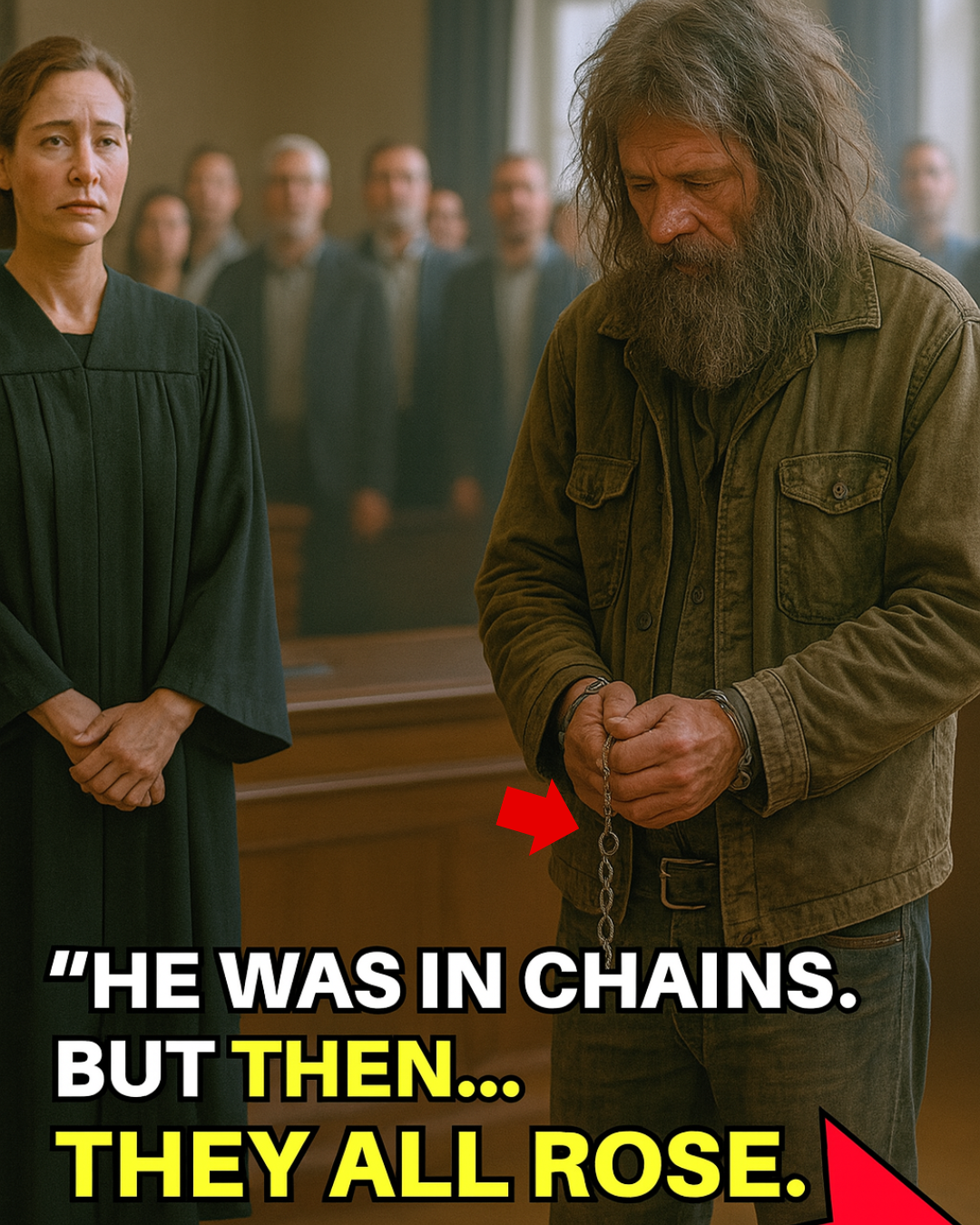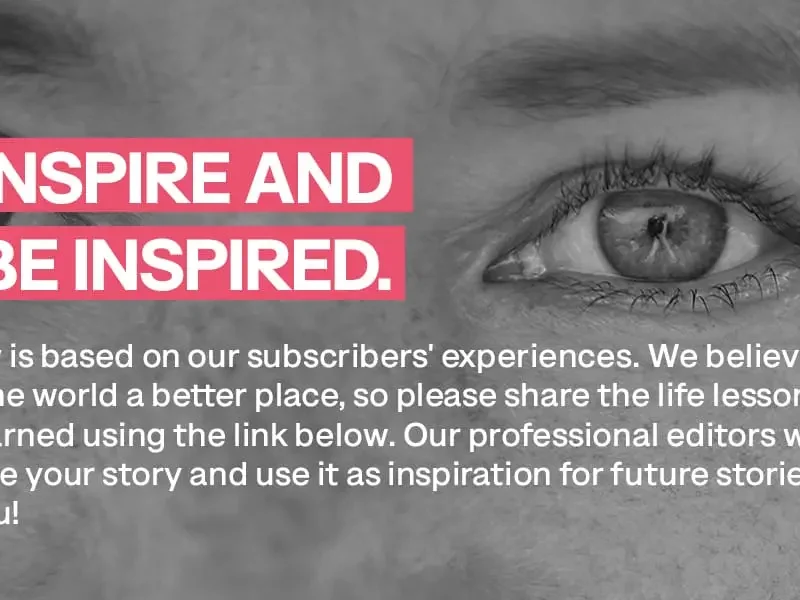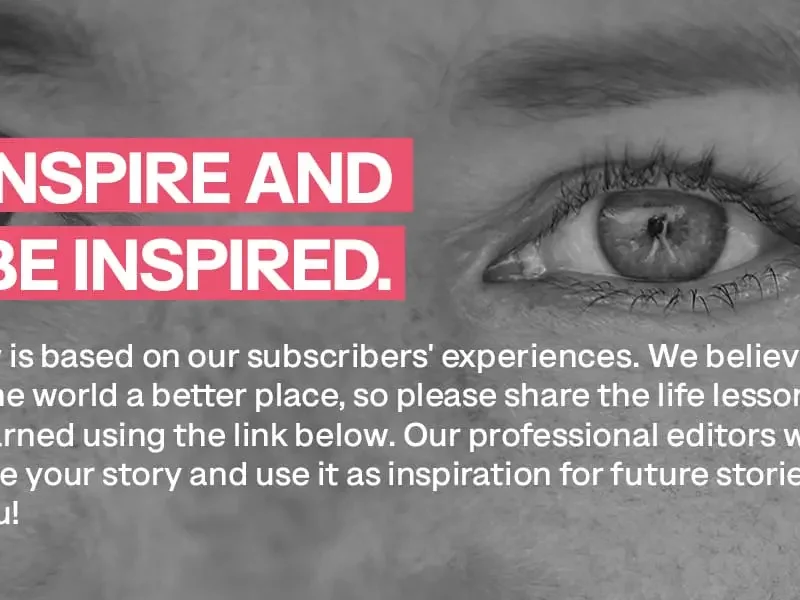Homeless Veteran Was on Trial — Then the Judge Heard His Name and the Entire Courtroom Stood
This is a powerful, emotional story heard in courtrooms across the country—a narrative that reveals how compassion and recognition can restore dignity.
⚖️ 1. The Trial: A Faceless Defendant
A man, disheveled and homeless, was escorted into the courtroom by bailiffs, his shoulders slumped under worn-out clothing and his wrists bound by handcuffs. He stood quietly at the defense table, invisible to most. To the judge, the prosecution, even some of the jury, he appeared to be just another petty offender—a person with no known address, no family, no purpose beyond the charges he faced.
YouTube
+1
YouTube
+1
The charge was minor—a trespassing or theft case, a reflection of desperation rather than crime. He had been accused of taking food or shelter, acts born out of necessity rather than malice. As the prosecutor outlined the facts, the veteran remained silent, barely present in spirit—until a twist changed everything.
YouTube
YouTube
🎖️ 2. The Dog Tag Reveal
When the defendant’s name was read aloud—“Elias Carter,” or “Samuel Hayes,” or “John MacAllister,”—some audience members leaned forward. It was the moment a dog tag, once visible only to the man, landed on the bench. The judge picked it up. On that small piece of metal was the truth: Staff Sergeant, U.S. Marines. Medals earned. Battles fought. Lives saved.
YTScribe
+2
HeadInsider
+2
YouTube
+2
This unexpected discovery caused a physical reaction: the judge froze, color draining from her face. Recognition flickered—she realized this was not just a defendant, but a man who had once served alongside someone she loved.
HeadInsider
YouTube
🤫 3. Silence Fell as the Courtroom Rose
Without warning, the judge called an immediate recess, interrupting the legal proceedings. She stepped away from the bench. Minutes later, she returned—and for the first time, stood. The prosecutor halted mid-sentence. The entire courtroom rose in silence. Prosecutors, staff, officers, family members—everyone stood up to honor the veteran.
YouTube
It was not scripted. It was not part of any code of conduct. It was pure, unfiltered human recognition. A solemn salute from strangers to the man who once carried others to safety.
🌟 4. A Life Reclaimed
After the pause, the judge spoke quietly, with a voice weighted by memory and respect. She acknowledged the veteran’s service, noted his sacrifices, and introduced mercy into justice. The original sentence was overturned or transformed. Community service replaced jail time; access to VA support and housing programs was offered; compassionate legal diversion—tailored to his service-related trauma—became the path forward.
HeadInsider
In another retelling, the judge personally arranged for therapy, shelter placement, and benefit assistance. The courtroom’s collective act of standing became the opening to rebuilding a life. What began as judgment turned into redemption.
YouTube
💬 5. Why This Story Resonates
Loss and Loneliness: Many veterans return from service to struggle with PTSD, homelessness, and isolation. Elias, Samuel, or John exemplified these hidden wounds.
YTScribe
YouTube
Systemic Failures: The justice system often overlooks veteran-specific needs. Treatment courts and diversion programs remain underused. This moment illustrated the potential when humanity supplements law.
YouTube
+4
wlrn.org
+4
governing.com
+4
Recognition and Respect: A single moment of recognition—seeing the dog tag, reading the name—changed everything. The courtroom’s stand was a tribute to service, sacrifice, and the human being behind the charges.
🧭 6. Broader Implications
➤ Compassionate Justice
The story spotlights the importance of Veterans Treatment Courts, designed to divert eligible veterans into rehabilitative paths rather than incarceration, helping address underlying trauma.
governing.com
➤ Community Responsibility
Courts alone can’t solve homelessness. Communities, VA agencies, shelters, and local nonprofits must collaborate to prevent veterans from slipping through the cracks.
➤ Policy Reform
Advocates stress expanding veterans’ diversion programs, especially in communities with high veteran homelessness. Judges’ discretion—and the support structure beyond legal proceedings—can redefine outcomes.
📚 7. Reflections and Call to Action
This courtroom moment is a symbol, not an isolated miracle. For every veteran honored, there are many others forgotten.
💬 As observers, we should ask: How do we treat those who’ve served when they fall?
🏛️ As citizens and policymakers, we must support programs that link veterans facing the law with mental health care, stable housing, and legal advocacy.
🤝 As a society, we can honor service beyond holidays and parades—through justice, support, and lasting respect.
🔚 Conclusion
This story, though retold often in different names—Samuel Hayes, Elias Carter, John “Mac” MacAllister—is united by a single act of recognition: hearing a name, seeing a service record, and standing in honor. It is about the power of one moment to restore humanity. It is less a courtroom drama than a call for dignity, justice, and second chances.
In courtrooms and communities everywhere, this challenge remains: Will we see not just the charges, but the person behind them? Will we rise when recognition calls us to? This story invites us all to do just that.


